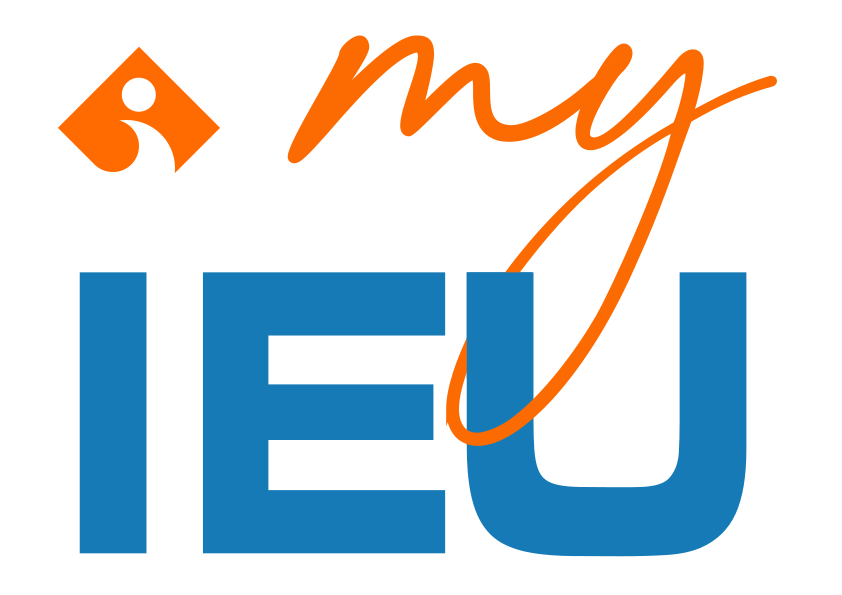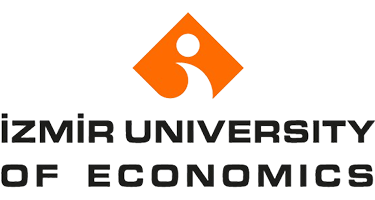Department of Ventilation / Air Conditioning Technology (Turkish)
ELKT 104 | Course Introduction and Application Information
| Course Name |
Basic Electronics
|
|
Code
|
Semester
|
Theory
(hour/week) |
Application/Lab
(hour/week) |
Local Credits
|
ECTS
|
|
ELKT 104
|
Spring
|
2
|
2
|
3
|
4
|
| Prerequisites |
None
|
|||||
| Course Language |
Turkish
|
|||||
| Course Type |
Required
|
|||||
| Course Level |
Short Cycle
|
|||||
| Mode of Delivery | - | |||||
| Teaching Methods and Techniques of the Course | - | |||||
| National Occupation Classification | - | |||||
| Course Coordinator | - | |||||
| Course Lecturer(s) | - | |||||
| Assistant(s) | - | |||||
| Course Objectives | In this course, the students are aimed to have knowledge of materials and properties of electronically used semiconductors; to have knowledge of diode types, structures, properties and application areas; to have knowledge of structures, properties, types, operation principles and biasing of BJTs and FETs and to apply direct current circuit analysis principles. |
| Learning Outcomes |
The students who succeeded in this course;
|
| Course Description | Introduction to semiconductors used in electronic components. p and n type materials and structures and applications of electronic circuit components (Diode, BJT, JFET, MOSFET) made of these materials. |
| Related Sustainable Development Goals |
|
|
|
Core Courses |
X
|
| Major Area Courses | ||
| Supportive Courses | ||
| Media and Management Skills Courses | ||
| Transferable Skill Courses |
WEEKLY SUBJECTS AND RELATED PREPARATION STUDIES
| Week | Subjects | Related Preparation |
| 1 | Atomic structures. Resistivity, conductivity and semiconductivity concepts. Properties and differences of germanium and silisium semiconductors. Diode. | |
| 2 | Rectifier and multiplexor circuit applications of diode | |
| 3 | Clipper and clamper circuit applications of diode | |
| 4 | Zener diode and its properties. Zener diode circuit applications. | |
| 5 | LEDs and their properties. Other diode types | |
| 6 | BJT, its propoerties and types. | |
| 7 | Characteristic curves and load line of BJT. Biasing of NPN transistor with voltage divider method | |
| 8 | Midterm | |
| 9 | BJT biasing circuits | |
| 10 | JFETs, their structure and properties | |
| 11 | Biasing types of JFETs | |
| 12 | D-MOSFETs, their structure and properties | |
| 13 | E-MOSFETs, their structure and properties | |
| 14 | Other MOSFET types | |
| 15 | Applications | |
| 16 | Final |
| Course Notes/Textbooks | |
| Suggested Readings/Materials |
EVALUATION SYSTEM
| Semester Activities | Number | Weigthing |
| Participation |
1
|
10
|
| Laboratory / Application | ||
| Field Work | ||
| Quizzes / Studio Critiques | ||
| Portfolio | ||
| Homework / Assignments |
10
|
20
|
| Presentation / Jury | ||
| Project |
-
|
|
| Seminar / Workshop | ||
| Oral Exams | ||
| Midterm |
1
|
40
|
| Final Exam |
1
|
30
|
| Total |
| Weighting of Semester Activities on the Final Grade |
12
|
70
|
| Weighting of End-of-Semester Activities on the Final Grade |
1
|
30
|
| Total |
ECTS / WORKLOAD TABLE
| Semester Activities | Number | Duration (Hours) | Workload |
|---|---|---|---|
| Theoretical Course Hours (Including exam week: 16 x total hours) |
16
|
2
|
32
|
| Laboratory / Application Hours (Including exam week: '.16.' x total hours) |
16
|
0
|
|
| Study Hours Out of Class |
16
|
2
|
32
|
| Field Work |
0
|
||
| Quizzes / Studio Critiques |
0
|
||
| Portfolio |
0
|
||
| Homework / Assignments |
10
|
2
|
20
|
| Presentation / Jury |
0
|
||
| Project |
0
|
||
| Seminar / Workshop |
0
|
||
| Oral Exam |
0
|
||
| Midterms |
1
|
2
|
2
|
| Final Exam |
1
|
2
|
2
|
| Total |
88
|
COURSE LEARNING OUTCOMES AND PROGRAM QUALIFICATIONS RELATIONSHIP
|
#
|
Program Competencies/Outcomes |
* Contribution Level
|
|||||
|
1
|
2
|
3
|
4
|
5
|
|||
| 1 | Understanding the fundamental concepts about air-conditioning and cooling, learning main and auxilary components used in air-conditioning systems and explaining function of them. |
-
|
-
|
-
|
-
|
-
|
|
| 2 | Recognizing instruments and devices used in air-conditioning systems and gaining the ability of handcraft for constructing this systems in accordance with work safety rules (welding, pipe cutting and bending, countersinking, etc...). Having knowledge about the first aid required first intervention. |
-
|
-
|
-
|
-
|
-
|
|
| 3 | Reading projects about the air conditioning and cooling systems, drawing projects by both hand and computer. |
-
|
-
|
-
|
X
|
-
|
|
| 4 | Recognizing electrical controller and automatic control components and circuits used in air conditioning and cooling systems, making connection. |
-
|
-
|
-
|
-
|
-
|
|
| 5 | Calculating heat and device capacity for choosing air-conditioning, cooling and heating systems, choosing the suitable device. |
-
|
-
|
-
|
-
|
-
|
|
| 6 | Sizing and installing duct system for ventilation and ducted air-conditioning systems. |
-
|
-
|
-
|
-
|
-
|
|
| 7 | Installing air conditioning and cooling systems (domestic and commercial coolers, cool stores, individual and central air conditioning, etc...), identificating and repairing related faults and making preventing maintenance. |
-
|
X
|
-
|
-
|
-
|
|
| 8 | Making scientific research about the subjects regarding proffesional, gaining ability about presentation and activity. |
-
|
-
|
-
|
-
|
-
|
|
| 9 | Having knowledge about business management, quality and environment regarding proffesional. |
-
|
-
|
-
|
-
|
-
|
|
| 10 | Comprehending proffesional ethical responsibilities, working and making leadership in a team consisting various members of proffesions. |
-
|
-
|
-
|
-
|
-
|
|
| 11 | Using Turkish properly in written and oral communcation, following the international developments about their proffesion, having knowledge about foreign language in terms of communication. |
-
|
-
|
-
|
-
|
-
|
|
| 12 | Gaining lifelong learning skills, following and learning modern and recent subjects. |
-
|
X
|
-
|
-
|
-
|
|
*1 Lowest, 2 Low, 3 Average, 4 High, 5 Highest

IZMIR UNIVERSITY OF ECONOMICS GÜZELBAHÇE CAMPUS
DetailsGLOBAL CAREER
As Izmir University of Economics transforms into a world-class university, it also raises successful young people with global competence.
More..CONTRIBUTION TO SCIENCE
Izmir University of Economics produces qualified knowledge and competent technologies.
More..VALUING PEOPLE
Izmir University of Economics sees producing social benefit as its reason for existence.
More..
You are one step ahead with your graduate education at Izmir University of Economics.


